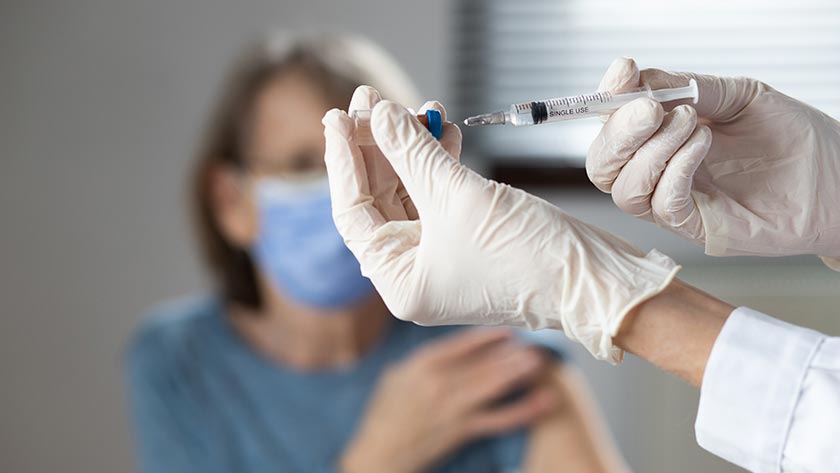NZNO industrial services manager Glenda Alexander said with more than 50,000 members, NZNO had great power and reach to influence community vaccination rates, not only within its membership but among their families, whānau and communities. “Unions have additional reach into communities – workers can potentially influence many people in their families and communities.”
Leaders of 27 Council of Trade Union (CTU) affiliated unions agreed at a meeting on March 2 to step up and encourage their collective 320,000 members to get vaccinated. “As leaders, our role is supporting and ensuring our members are educated, supported and encouraged to get their vaccination,” Alexander said.
Vaccine hesitancy had not been a problem so far in the first wave, but with an estimated 50,000 frontline health workers next in line, it was important to pre-empt any misinformation, she said. “We want to make sure people get the right information and respond to any concerns they might have. It’s important to ensure our members and the people they care for are safe.”
She acknowledged, however, that NZNO had a dual role to balance public safety with workers’ rights to refuse vaccinations.
NZNO acting manager nursing and professional services Kate Weston hoped New Zealand would be reassured by overseas experiences of the vaccine. “We are not the first ones [to have the vaccine] so by the time we have the rollout, we’ll have the benefit of lots of international data from the vaccination programmes.”
Weston said there had been constant communication with the Ministry of Health and district health boards over the rollout. “Generally the information has been good and there has been good cooperation and good union cooperation.”
‘Precautionary’ approach
A “precautionary” approach was being taken, meaning those who were pregnant or had allergies or some particular health conditions would not be given vaccinations. This was because the effects were not yet known. “At the moment, we are only vaccinating healthy people.”
Weston said the scale of the COVID-19 mass vaccination programme was beyond anything experienced before. “The scale of this is new but if you break it down into manageable chunks, the initial rollout is within the capabilities of the workforce.”
By early March, three-quarters of the country’s estimated border workforce of 12,000 had received their first vaccinations, mostly in Auckland, COVID-19 Minister Chris Hipkins has said. That meant the most at-risk were “well on the way” to being protected, including nurses carrying out health checks in managed isolation or quarantine facilities, he said. The next stage – border workers’ families and household contacts – was already underway in some regions. Vaccinations for frontline health workers, ie those dealing directly with patients who may have COVID-19, were expected to start this month, he said.
A third shipment of the Pfizer/BioNTech vaccines, containing another 65,500 doses, arrived early this month. It brought to 200,000 the total number of COVID-19 vaccines in New Zealand. However, vaccine supply would continue to be a challenge, he said.




